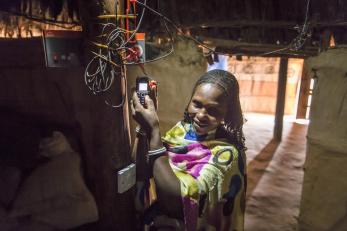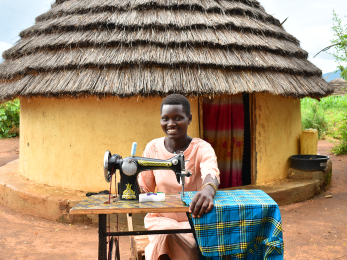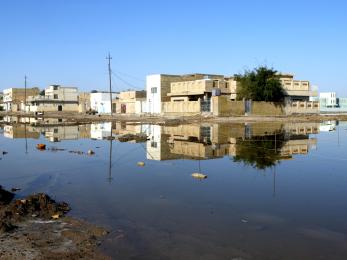What We Know About Energy, Gender and GBV in Emergencies

What do 182 refugees, 48 humanitarian practitioners and 16 market actors have to say about our ability to meet the energy needs of women and girls in emergencies? Check out a new global report from Mercy Corps and the Women’s Refugee Commission to find out what we’re getting right, where we’re missing the mark, and how meeting energy needs can accelerate a wide range of humanitarian objectives. The global report is supported by case studies from Uganda and Jordan.
The report was developed as part of Mercy Corps’ EEMRG program (Energy in Emergencies: Reducing Risks of Gender-based Violence), a two-year program funded by the U.S. Department of State’s Bureau of Population, Refugees and Migration. The program aims to improve safety and opportunities for women and girls through access to energy in emergencies. The report incorporates input from 13 external reviewers and lays the foundation for a training program that will be rolled out in 2020 on energy and gender in emergencies, in close collaboration with Mercy Corps teams in Afghanistan, Jordan, and Uganda.


